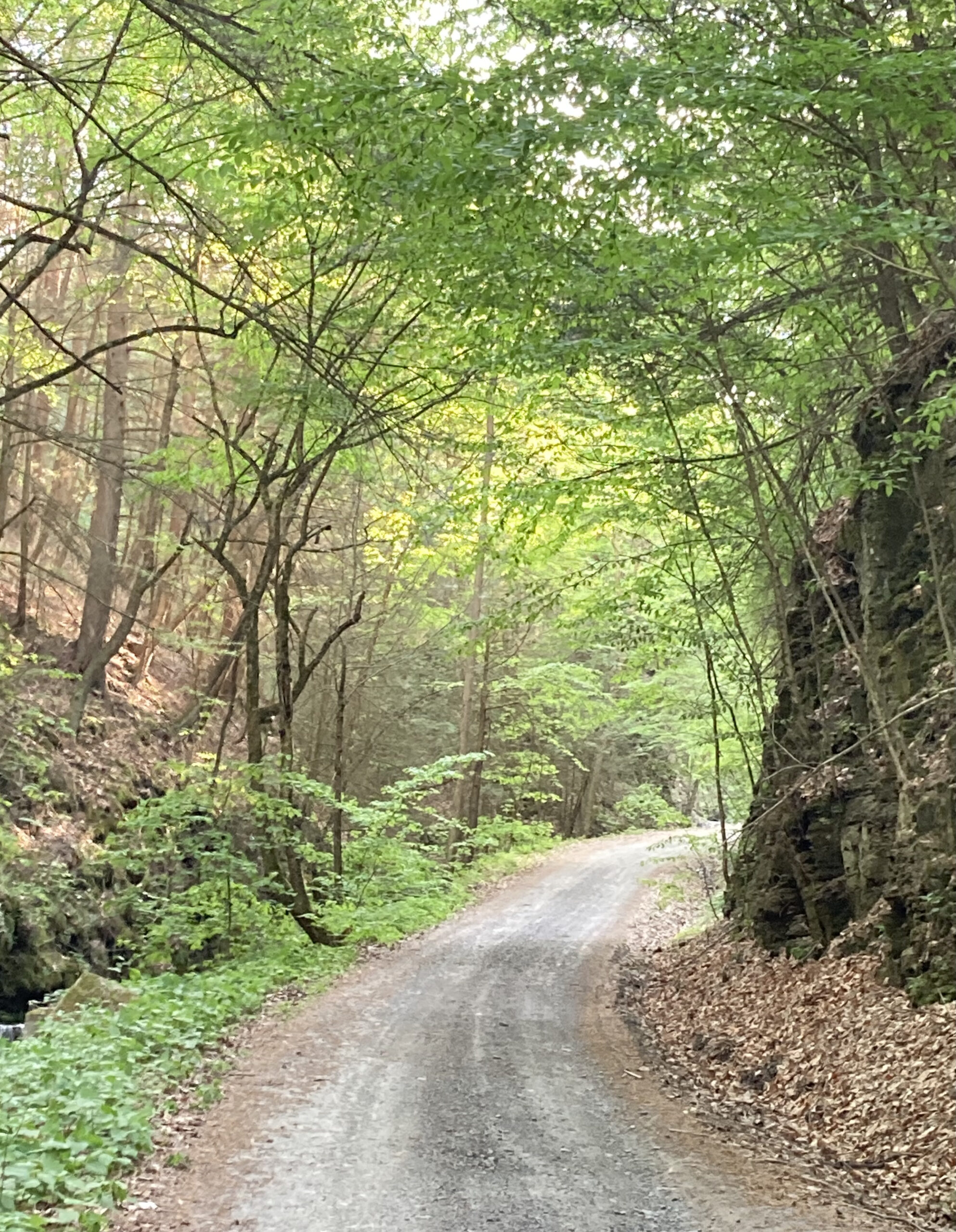Have you ever had this feeling that right outside the bedroom window, on the other side of a surface you’ve touched, like the bedsheet, or a stone in the garden⎼ like a voice carried in the wind that you can’t quite make out, there is an insight, a joy waiting, hidden right there? And all you had to do is breathe a little more deeply, shift your perspective a hairsbreadth, and you’d see it in whatever is felt, hear it in whatever is touched?
This isn’t a hope you have but something else.
I feel this almost every morning when I wake up, if I don’t rush off or I’m not too angry or depressed by the pandemic or the GOP. Right behind my last dream, sitting next to the stiffness in my back, there is this sense, this urge or yearning to look deeply at the red bee balm in the garden, the yellow daylilies, the cats that lie near my feet.
When I took a walk yesterday, I tried to remember a time in my life when something hidden was suddenly revealed, or a work of art created itself with my hands. Something dramatic, that I hadn’t already shared with people; but nothing came to me. At first.
There are many examples provided by famous visual artists, athletes, poets, and composers. Zen teacher David Loy provides many in his book The World Is Made of Stories. He quotes the artist Escher talking about his drawing taking on a life of its own. The composer Stravinsky hearing music compose itself; he didn’t do it. The writer Borges saying, “I don’t write what I want… I don’t choose my subjects or plots. I have to stand back and receive them in a passive moment.” The poet Blake talking about poems coming to him almost against his will.
I am retired now, but the memory of my years teaching soon came to mind. Many times in the classroom the right way to reach a student or right answer to a question just appeared, flowed from my mouth spontaneously, unplanned. Painfully, not all the time.
Too many times, especially when I was inexperienced, the right response to a student often eluded me. But over the last few years of working, the number of wonderful moments were multiplied, when I was well prepared yet open, trusting the students and trusting myself. I also practiced mindfulness regularly in some classes.
As I was walking back home, down the steep rural hill, suddenly through the trees there was a view that went on for miles. It was only a peek, a break in the trees visible for a few steps when the road turned just right. I stared for a moment, absorbed, gleeful.
And a thought popped into my head. The reason I might touch a surface and a new reality whisper to me was because that is exactly what happens sometimes. We touch the hand of a lover and suddenly there aren’t two separate people anymore. There is only the touch. We quiet our minds, even though our hearts might be jumping wildly, and a new reality is born. We touch and are touched simultaneously, love and are loved….
*To read the whole post, please click on this link to the Good Men Project, which published it.



